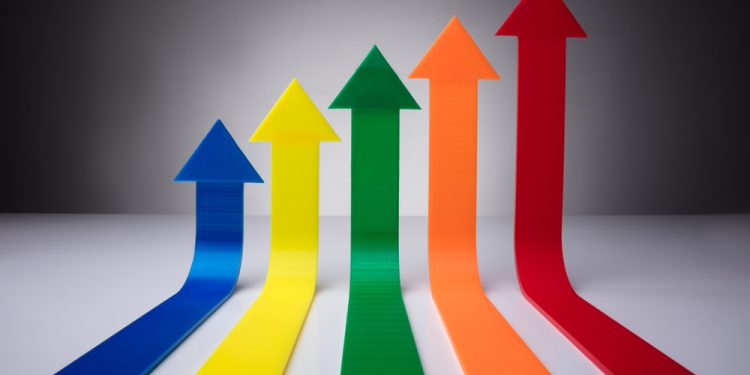Aviva saw profits rise by 14 per cent in the first half of 2024, driven by growth in its UK workplace business and asset management divisions.
Overall operating profits stood at £875m for this period, ahead of analysts’ expectations.
Across Aviva’s wealth and retirement business, sales were up by 12 per cent, with operating profit up 9 per cent for this division over this period. Results also showed growth in new business and net asset inflows over this period.
Workplace net flows were up 4 per cent, as Aviva won 249 new schemes over this period, helping drive growth in member contributions. It also noted an increase in pension consolidation activity. This was aided by the launch in April of Aviva’s ‘find and combine’ pension tracing, tracking and consolidation service — which it claims is an industry first. It says that this has helped tens of thousands of people’track down lost pension pots.
Within the Wealth division Aviva said its platform business was going “from strength to strength” with net flows increasing by 50 per cent. It said its adviser platform had achieved record gross inflows across the two consecutive quarters.
Doug Brown, CEO Aviva Insurance, Wealth & Retirement adds: “We’ve also had a busy first half with bulk purchase annuities and completed 39 deals at strong margins, supported by the launch of our streamlined Aviva Clarity service for smaller schemes.”
The insurer said that sales in its insurance and protection division were further boosted by the acquisition of AIG Life in April. It adds that premiums for in-force health insurance policies grew 10 per cent, driven by strong new business sales and continued price discipline.
Brown adds: “We remain wholly focused on delivering our strategy and expect to see continued growth in the second half of the year.” Aviva said the UK was not only the global insurer’s largest market, but the one showing the strongest growth.
Aviva reiterated its previous target of £2 billion in operating profit by 2026. The company declared an interim dividend of 11.9 pence a share for the period, up 7 per cent year-on-year.





